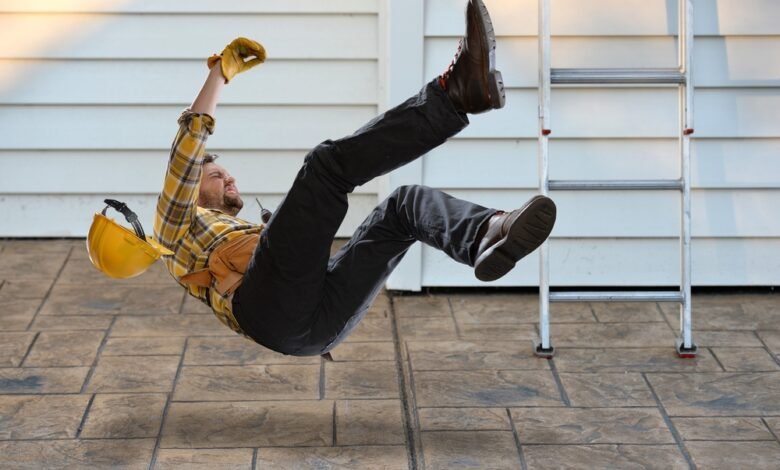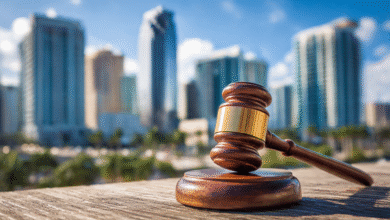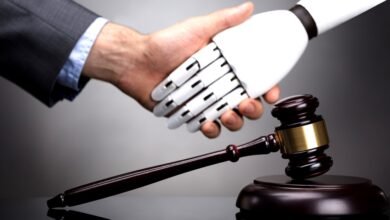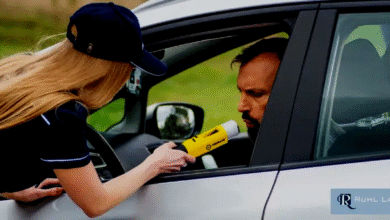Legal Recourse for Slip and Fall Injuries in Public Places: Understanding Premises Liability
Injured in a slip and fall accident? Learn how premises liability law helps you seek justice, prove negligence, and secure fair compensation.

Slip and fall accidents are among the most common personal injury claims in the United States. While some falls result in minor bruises, others can lead to serious injuries such as broken bones, spinal damage, or traumatic brain injuries. When such an incident occurs in a public place like a grocery store, sidewalk, or government building, the injured person may have legal recourse under the doctrine of premises liability.
What Is Premises Liability?
Premises liability is a legal concept that holds property owners and occupiers responsible for maintaining safe conditions on their premises. If someone is injured due to a hazardous condition that the owner knew about or should have known about and failed to address, the injured party may be entitled to compensation.
This liability applies not only to private property owners but also to businesses and municipalities that manage public spaces. The key question in any premises liability case is whether the property owner acted reasonably in maintaining the safety of the premises.
Common Causes of Slip and Fall Accidents
Slip and fall accidents in public places can result from a variety of unsafe conditions, including:
- Wet or slippery floors without warning signs
- Uneven pavement or broken sidewalks
- Poor lighting in stairwells or hallways
- Debris or obstacles left in walkways
- Loose carpeting or floor tiles
- Ice or snow accumulation has not properly cleared
Each of these hazards can create a dangerous environment for visitors, and if the property owner fails to take reasonable steps to prevent accidents, they may be held liable.
Establishing Liability: Key Legal Elements
To successfully pursue a slip and fall claim under premises liability, the injured party (plaintiff) must prove several legal elements:
1. Duty of Care
The property owner must owe a duty of care to the injured person. This typically depends on the person’s status on the property:
- Invitees (e.g., customers in a store) are owed the highest duty of care.
- Licensees (e.g., social guests) are owed a moderate duty.
- Trespassers are generally owed little to no duty, except in specific circumstances (e.g., children).
2. Breach of Duty
The plaintiff must show that the property owner breached their duty by failing to maintain safe conditions or warn of known hazards.
3. Causation
There must be a direct link between the unsafe condition and the injury sustained. The plaintiff must prove that the hazard was the proximate cause of the fall.
4. Damages
The plaintiff must demonstrate actual damages such as medical bills, lost wages, or pain and suffering resulting from the fall.
Legal Recourse and Compensation
If these elements are proven, the injured party may be entitled to various forms of compensation, including:
- Medical expenses (past and future)
- Lost income due to inability to work
- Pain and suffering
- Rehabilitation costs
- Punitive damages (in cases of gross negligence)
In some cases, settlements may be reached out of court. In others, litigation may be necessary to secure fair compensation.
Comparative Negligence: A Potential Defense
Property owners often raise the defense of comparative negligence, arguing that the injured person was partially responsible for the accident. For example, if someone was texting while walking and failed to notice a warning sign, their compensation may be reduced proportionally.
States vary in how they apply comparative negligence:
- Pure comparative negligence allows recovery even if the plaintiff is 99% at fault.
- Modified comparative negligence bars recovery if the plaintiff is more than 50% (or 51%) at fault.
Understanding your state’s laws is crucial when evaluating the strength of a claim.
Special Considerations for Public Entities
When a slip and fall occurs on government property such as a city sidewalk or public park additional legal hurdles may apply. Many jurisdictions require:
- Notice of claim within a short time frame (e.g., 30 to 90 days)
- Limited liability caps on damages
- Proof of gross negligence rather than ordinary negligence
These cases often involve complex procedural rules, making legal representation especially important.
Steps to Take After a Slip and Fall
If you’ve been injured in a public place, taking the following steps can strengthen your legal claim:
- Seek medical attention immediately.
- Document the scene with photos or videos.
- Report the incident to the property owner or manager.
- Collect witness statements if possible.
- Preserve evidence such as clothing or shoes worn during the fall.
- Consult a personal injury attorney to evaluate your case.
Prompt action can make a significant difference in the outcome of a claim.
Conclusion
Slip and fall accidents in public places can have serious consequences, both physically and financially. Fortunately, the law provides a pathway for injured individuals to seek justice through premises liability claims. By understanding your rights, documenting the incident thoroughly, and seeking legal counsel, you can pursue fair compensation and hold negligent property owners accountable.
Whether the fall occurred in a retail store, on a public sidewalk, or in a government building, the key is proving that the property owner failed in their duty to maintain a safe environment. With the right legal strategy, victims of slip and fall accidents can recover and move forward with confidence.
If you or someone you know have been hurt in a slip and fall accident, contact the law firm of Goidel & Siegel today.











